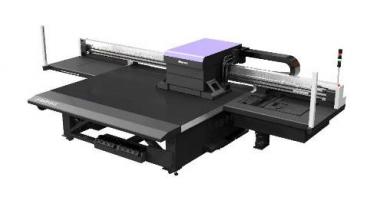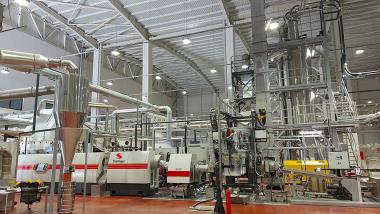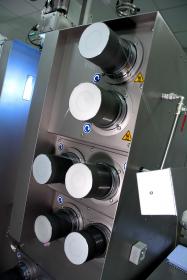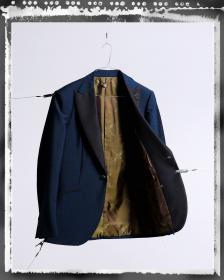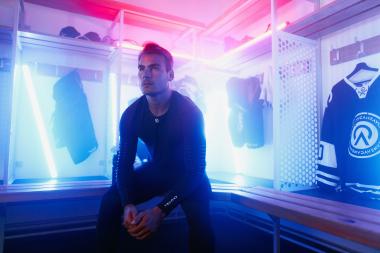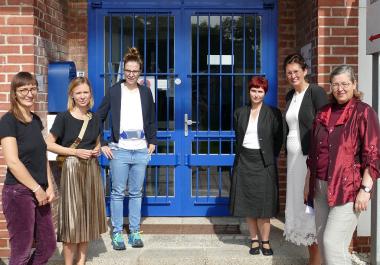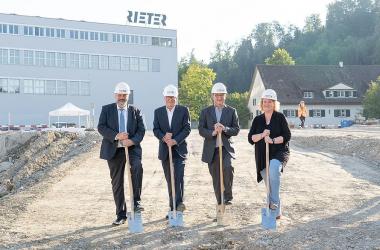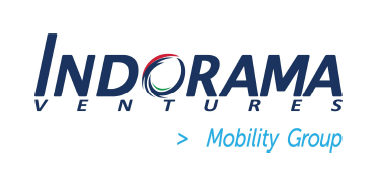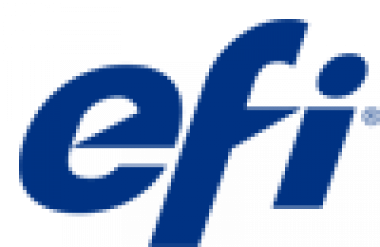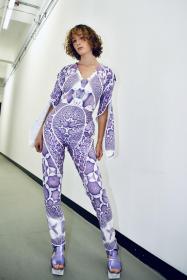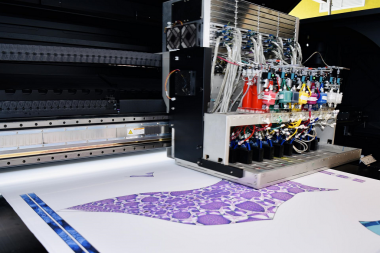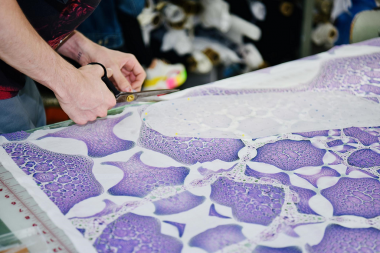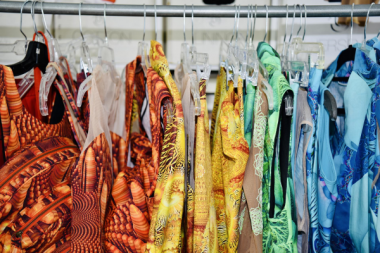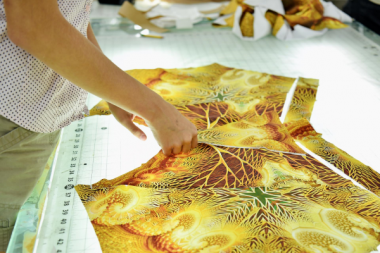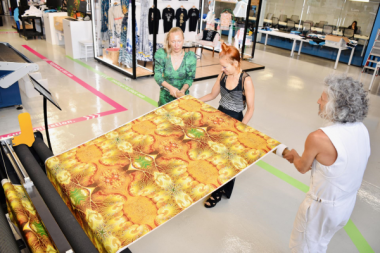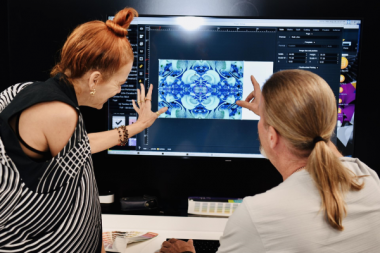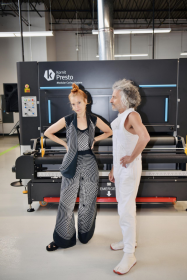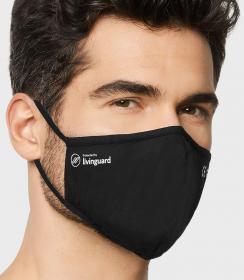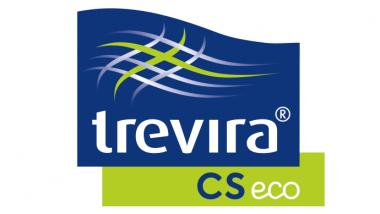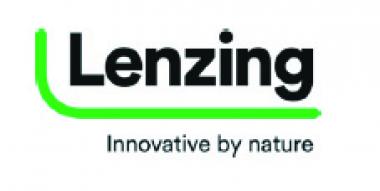Mimaki präsentiert neue Anwendungsmöglichkeiten auf der FESPA 2021
- Neue Technologien von Mimaki für Werbetechnik, 3D- und Textildruck erstmals auf der Messe zu sehen
- Innovation – das zentrale Motto für den Messeauftritt von Mimaki – mit Präsentation von Kunden- und Partneranwendungen
Mimaki Europe wird seine breite Palette an Digitaldrucktechnologien auf der FESPA Global Print Expo 2021, 12.-15. Oktober 2021, RAI Amsterdam, präsentieren. Dazu gehören der brandneue UV-Flachbettdrucker JFX600-2513, die Drucker der UJF-Serie mit hoher Geschwindigkeit und Qualität sowie der 3D-Desktop-Farbdrucker 3DUJ-2207. Im Rahmen einer interaktiven Ausstellung wird Mimaki auch erfolgreiche Anwendungsbeispiele seiner Kunden und Partner präsentieren.
Zu den neuen Lösungen gehört der JFX600-2513, ein LED-UV-Inkjet-Flachbettdrucker für das Großformat, der mit seiner hohen Geschwindigkeit und Produktivität speziell für den Druck großer Auflagen gedacht ist. Dank einer größeren Auswahl an Tintentypen und der höheren Medienflexibilität wartet dieses neue Modell mit einem breiteren Spektrum an Anwendungsmöglichkeiten für Druckdienstleister auf.
Die in diesem Monat auf den Markt gebrachten Drucker UJF-7151 plusII und Modelle der UJF-MkII e-Serie werden auch zu den Hauptattraktionen am Mimaki-Messestand gehören. Der für reibungslosen und zuverlässig hohen Durchsatz konzipierte UJF-7151 plusII ermöglicht eine um bis zu 190% höhere Druckgeschwindigkeit als sein Vorgängermodell UJF-7151 plus. Dieser Drucker unterstützt den Einsatz schwerer Schablonen – ideal zum präzisen Bedrucken schwerer Materialien wie Holz, Metall und Glas.
Als weiteres Beispiel für das Portfolio von Mimaki und ebenfalls brandneues Produkt wird auch der Mimaki 3DUJ-2207 erstmals auf der FESPA präsentiert. Dieser einfach skalierbare 3D-Desktop-Drucker soll Designern und Produktentwicklern eine Welt voller Möglichkeiten eröffnen, die den 3D-Druck mit all seiner Farbenpracht bislang noch nicht nutzen konnten.
Mimaki Europe BV


